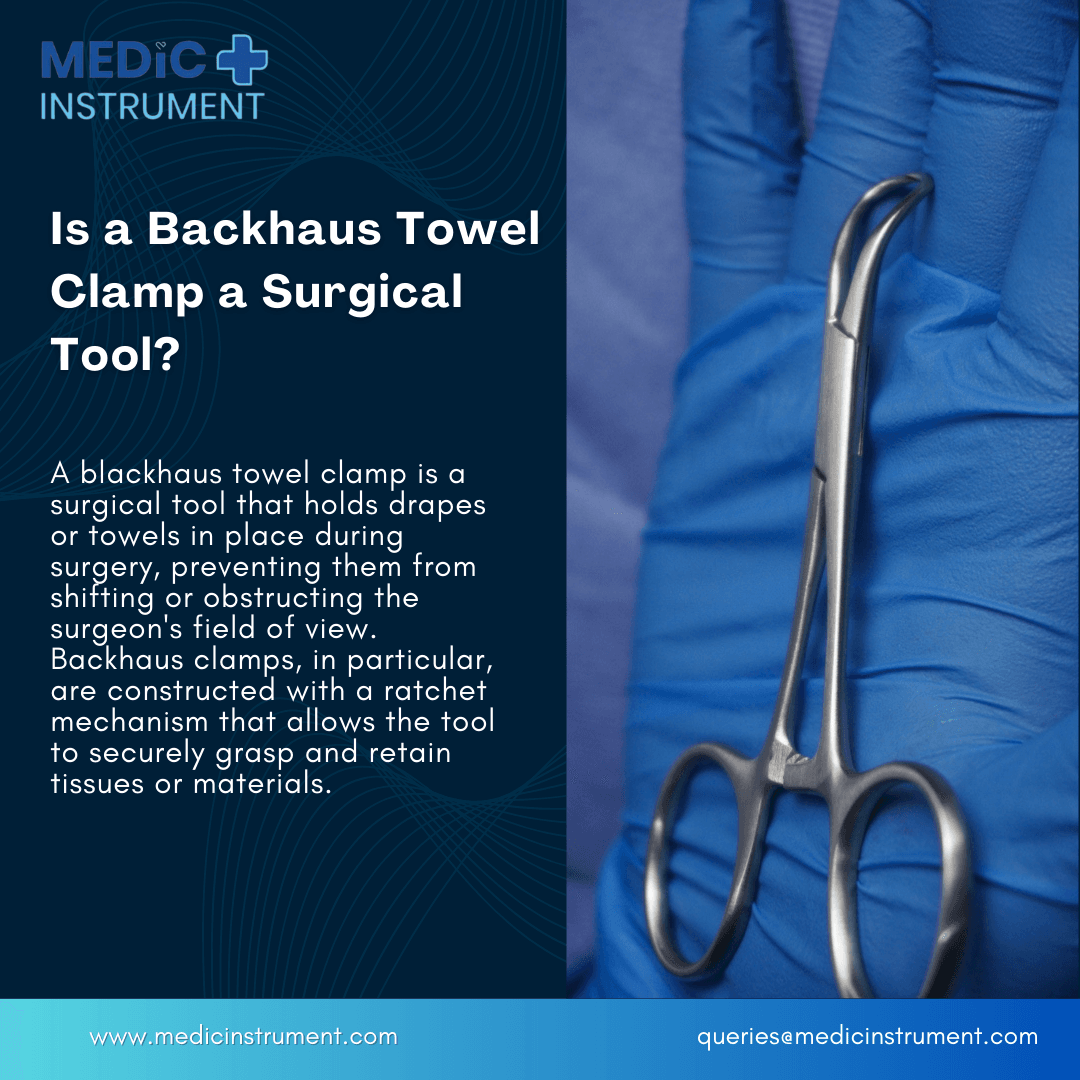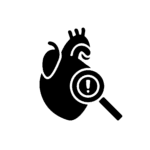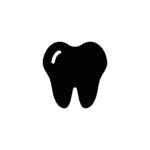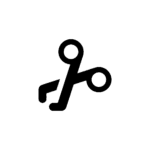Is a Backhaus Towel Clamp a Surgical Tool?

In the world of surgical instruments, every tool has a specific purpose, ranging from delicate tasks to those that require a firmer hand. Among these instruments, the Backhaus towel clamps is often mentioned. But is it a surgical tool? Let’s explore the function, design, and history of the Backhaus towel clamps to understand its role in the medical field and whether it qualifies as a surgical tool.
What is a Backhaus Towel Clamp?
The Backhaus towel clamp is a versatile and essential instrument commonly used in surgical settings. At first glance, it might resemble other clamps, but its design and intended function set it apart. A towel clamp is typically a surgical instrument used to secure drapes or towels in place during surgery, ensuring they don’t shift or obstruct the surgeon’s field of view. The Backhaus version, specifically, is a type of clamp designed with a ratchet mechanism that allows the instrument to grasp and hold tissues or materials securely.
The clamp itself features two curved, pointed tips that are used to pierce and secure the material. The clamp can also include a locking mechanism to ensure that it remains in place for as long as necessary. While its primary use is for holding towels or surgical drapes, it can also be used for minor tissue manipulation in specific surgical procedures.
Design and Features
Backhaus towel clamps typically consist of a pair of jaws, an adjustable mechanism, and a handle. The jaws are curved with sharp tips, which allow the clamp to securely grasp tissues or cloth without slipping. The handle is usually designed to be ergonomically comfortable, allowing the surgeon or surgical assistant to easily handle the instrument. It often comes with a ratchet system, enabling the clamp to maintain a firm grip once it has been applied.
One of the key features of the Backhaus towel clamp is its versatility. Although its primary use is to hold towels or drapes, it is sometimes employed in more advanced surgical tasks like holding tissues together, especially in smaller procedures or in less invasive surgeries. The tool can also be used to attach drapes to the patient’s skin, preventing unwanted movement during delicate surgeries.
The Role of Backhaus Towel Clamp in Surgery
While a Backhaus towel clamp is primarily intended for use in securing towels or drapes, it also serves a critical function in maintaining a sterile surgical environment. Sterility is paramount in the operating room to prevent infections and complications, and securing sterile towels or drapes is an essential part of maintaining that sterility.
Additionally, the Backhaus towel clamp can play a role in minor tissue manipulation. Surgeons may use it to hold back tissues or organs during procedures, particularly in minimally invasive surgeries. Its ratcheting mechanism ensures that the tissues are held securely in place without the need for continuous manual pressure, which reduces fatigue for the surgeon and enhances precision during delicate tasks.
Despite its practical applications, it is important to note that the Backhaus towel clamp is not classified as a primary surgical tool like a scalpel, forceps, or scissors. Instead, it serves as an auxiliary instrument, providing support to the main surgical tools used to perform critical procedures.
Is a Backhaus Towel Clamp a Surgical Tool?
The classification of a Backhaus towel clamp as a surgical tool is somewhat nuanced. Surgical tools are typically defined as instruments directly involved in performing medical procedures, such as incisions, sutures, or tissue dissection. A Backhaus towel clamp, on the other hand, does not perform such primary functions.
That being said, the Backhaus towel clamp plays an indispensable role in the surgical process. While it may not be used for performing the core aspects of surgery, its function of holding towels or drapes in place, ensuring a sterile environment, and occasionally assisting in tissue manipulation makes it an important tool in the operating room.
In some ways, the Backhaus towel clamp can be considered an accessory tool or a secondary surgical instrument, as it supports the surgical team’s primary tasks. In fact, many surgeons would argue that it is one of the most reliable instruments for securing sterile drapes or positioning towels during surgery, especially when the procedure is expected to last for a prolonged period.
History and Evolution of the Backhaus Towel Clamp
The Backhaus towel clamp was invented in the early 20th century by German surgeon and physician Max Backhaus. Its creation was inspired by the need for a tool that could secure surgical drapes or towels without causing damage to the sterile environment. Before the invention of this clamp, securing towels during surgery required laborious manual efforts, and in some cases, tools like forceps or other makeshift instruments were used.
The Backhaus towel clamp’s invention revolutionized the way surgical teams operated. The clamp’s sharp tips and locking mechanism allowed for quick and efficient attachment of towels and drapes, improving the flow of surgeries and reducing the risk of infection. Over the years, the clamp underwent several modifications and improvements, but its essential design remains largely unchanged.
Today, Backhaus towel clamps are found in almost every operating room. They are an essential part of the surgical toolkit, used by surgeons, surgical assistants, and nurses to ensure that the surgical site remains clean and organized.
When Is a Backhaus Towel Clamp Used?
The Backhaus towel clamp is used during a variety of procedures, especially those that require the maintenance of a sterile field. Some examples include:
- Securing Drapes: The most common use for the Backhaus towel clamps is to secure surgical drapes or towels to the patient’s body. This ensures the sterile area remains intact throughout the procedure.
- Tissue Manipulation: In some minor surgical procedures, the clamp can be used to hold tissues or organs in place, allowing the surgeon to perform more precise maneuvers.
- Minor Hemostasis: Occasionally, Backhaus towel clamps are used to control bleeding in small blood vessels or tissues during surgeries.
- Positioning Surgical Materials: The clamp can also be used to secure surgical materials or gauze in place, ensuring everything stays in the right position during complex operations.
Conclusion
While the Backhaus towel clamps is not classified as a core surgical instrument used for making incisions or sutures, it undeniably holds an important role in the surgical process. It is a supportive surgical tool that aids in maintaining a sterile environment, securing drapes, and even assisting in tissue manipulation. In essence, the Backhaus towel clamp is a crucial component of the overall surgical toolkit, enhancing efficiency and helping to ensure that surgeries proceed smoothly and safely.
So, is a Backhaus towel clamp a surgical tool? Yes, it is, but its role is more specialized and secondary to the major surgical instruments. Still, no surgery would be complete without its presence, highlighting the importance of every tool in the operating room, no matter how specialized or seemingly simple.











